Tutorials from THE Journal
Interested in contributing?
We're ramping up our library of technology tutorials for ed tech professionals. And that means we're looking for experts who would like to contribute to the effort.
Our tutorials are goal-oriented. They should solve a problem or reveal something to the user that he or she wouldn't normally know. And they should assume the reader is an intermediate or advanced user. (That said, you can feel free to pitch primers for beginners. We'll consider pitches on a case-by-case basis.) Illustrations (screen shots) are necessary; videos are optional.
If you'd like to contribute, contact David Nagel at dnagel@1105media.com.
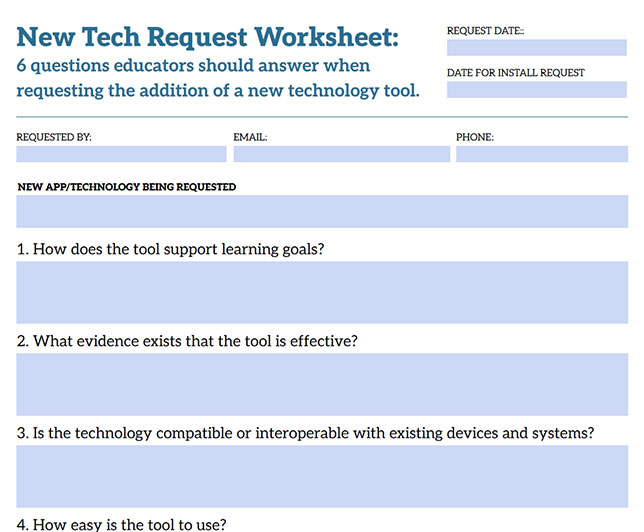
When IT teams are evaluating technologies for the classroom, the teacher's perspective shouldn’t be discounted. Teachers have a unique — and likely the best-informed — view of which tools will engage students and which will be distracting.
The time is now to welcome AI into classrooms as an asset and an ally. There are so many things that AI can do to support teaching and learning, from analyzing data for schools and districts, to enabling students to research and understand information in different ways, and — arguably the most important thing — saving time and energy for teachers so that they can focus on the parts of teaching that are less tedious and most important.
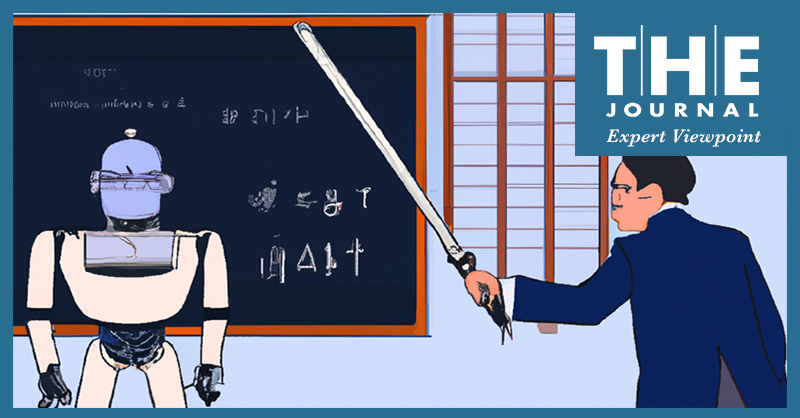
A technology educator shares how her nonprofit is using ChatGPT to help students participating in Technovation programs go further in their brainstorming and ideation as they aim to develop AI-based solutions to real-world problems. Here’s a concrete example from our program: Students in one group were interested in developing technology-based solutions to food wastage and conservation, encouraging more students to read, exercise, and be more inclusive.
Test anxiety is a real problem, affecting 25% to 40% of U.S. students. Anxiety, along with academic stress, can appear as physical symptoms (such as headaches, nausea and sleeplessness) and psycho-emotional symptoms (like difficulty concentrating or increased irritability).
When it comes to records management, many K–12 school districts are still using microfiche, paper, and PDFs. For districts still managing and processing student records in a paper-based format, it might be time to look toward technology to help efficiently and securely manage student records. Check out how digital student records can make administrators' (and families') lives easier.

Charlie Sander of cybersecurity firm Managed Methods shares some tips to avoid making a cyber incident on a K-12 school even more costly, for district leaders, risk management planners, and IT practitioners: What to expect and some do’s and don’ts to move forward while minimizing an cyber attack's negative impacts and costly disruptions.

Edmodo will permanently shutter on Sept. 22, and educators who have used the platform will no longer have access to their accounts, their instructional content, nor their student data, the company said — here's how to export all the teacher and student files and data before the platform shuts down and deletes all accounts and associated files and data.
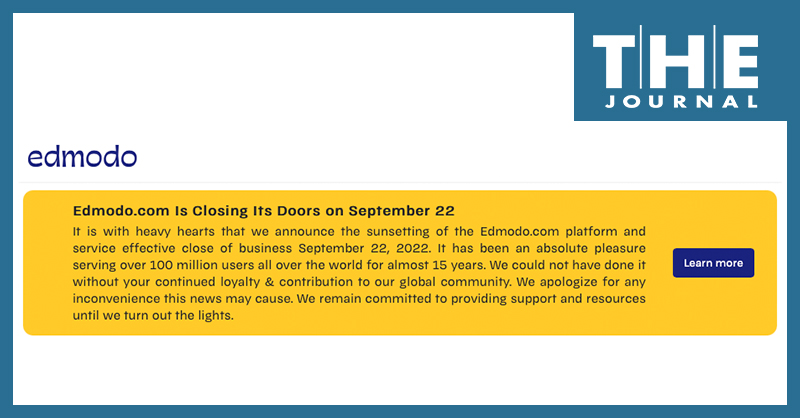
Edmodo will permanently shutter on Sept. 22, and educators who have used the platform will no longer have access to their accounts, their instructional content, nor their student data, the company announced this week on its website — here's how to export all the teacher and student files and data before the platform shuts down and deletes all accounts and associated files and data.
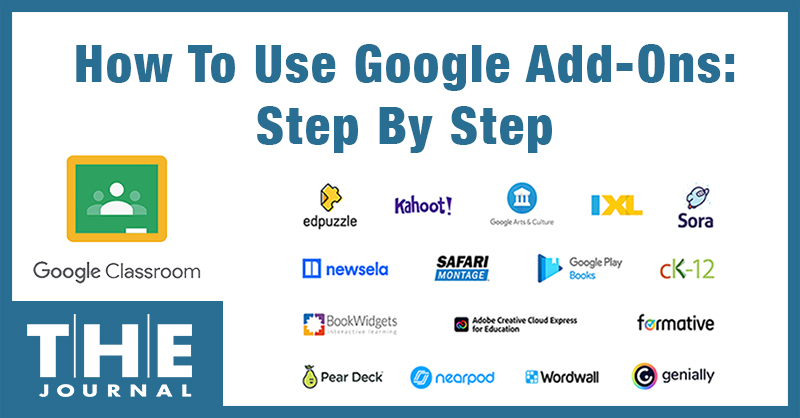
To start using Google add-ons, district admins will need to set up add-ons and can then enable access for educators; admins need to have the Google Workspace for Education Plus edition or Teaching & Learning Upgrade assigned to each educator that they want to have access to add-ons, Google wrote on its blog announcing the launch. Here are step-by-step instructions for getting started with Google add-ons.
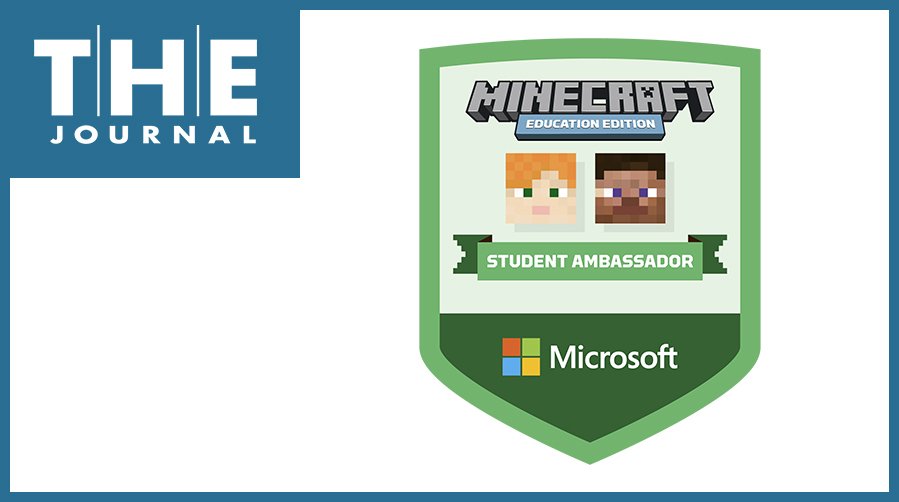
The Minecraft Student Ambassador Sponsor Program helps educators create a Minecraft Student Ambassador Program at their school or district, and helps prepare those young Minecraft experts to coach and assist students and teachers who are new to the game, so more classrooms can benefit from the game’s 700-plus “worlds” or lesson-based games.

An esports expert shares five key steps to creating a school esports space for an engaged esports team and to ensure your program is successful at instilling social-emotional learning, technical skills and STEM skills in participating students.
Sound data management practices are critical for complying with federal reporting rules.
Ffrom Alief ISD in Houston, Texas, teachers Daniel O’Kilen and Carolyn Dersen, shard their enthusiasm for using 3D printing to entice students to learn STEAM concepts at a Tuesday session of the annual convention of the Texas Computer Education Association, and shared their free online guide “11 Classroom Lessons To Use With Your 3D Printer,”
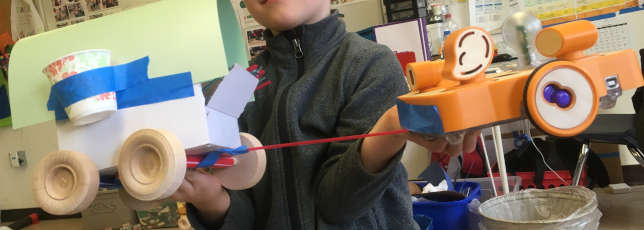
Physical computing with robots for young learners offers an engaging, collaborative, creative and standards-based approach to any makerspace program.
Schools across the country have kicked off what you could call an unconventional school year, and administrators and faculty are under immense pressure to make it work. However, despite the uncertainty surrounding the COVID-19 pandemic and its potential academic consequences, what we really need is a change of perspective: this could be an opportunity for educators to innovate and explore within the classroom.
Today the Coronavirus has left public school systems and private schools scrambling to find alternative ways to continue to educate students for an extended period of time.

According to a study from LinkedIn, the most in-demand job skills in 2017 included cloud computing, statistical analysis and app development. What do these skills have in common? They all incorporate STEM.
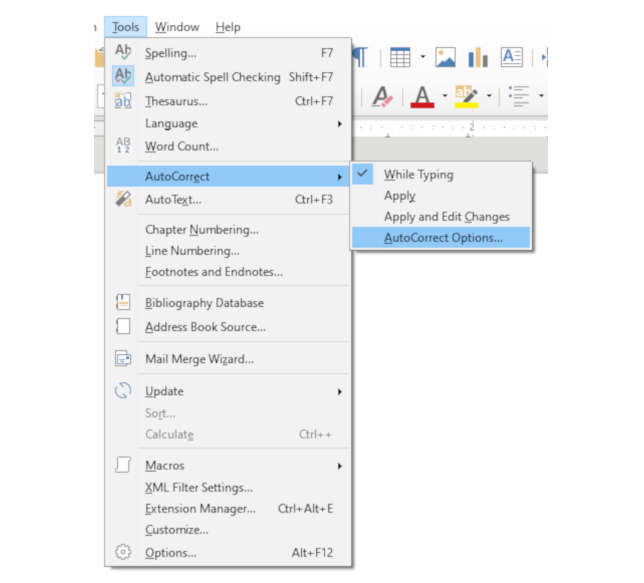
All of the documentation on LibreOffice shows the old way of disabling word completion in LibreOffice Writer. Here’s how you actually do it in current and recent versions of the open source office suite.
Here’s how one school district made sure that our $18 million digital classroom refresh project produced high adoption levels while supporting instruction.

Social media can pose risks to students' privacy, but these risks can be managed with informed, intentional use. There's also a huge upside: Teachers can use social media to share best practices, provide an authentic audience for students' work, cultivate and model digital citizenship among their students and build more connected school communities.